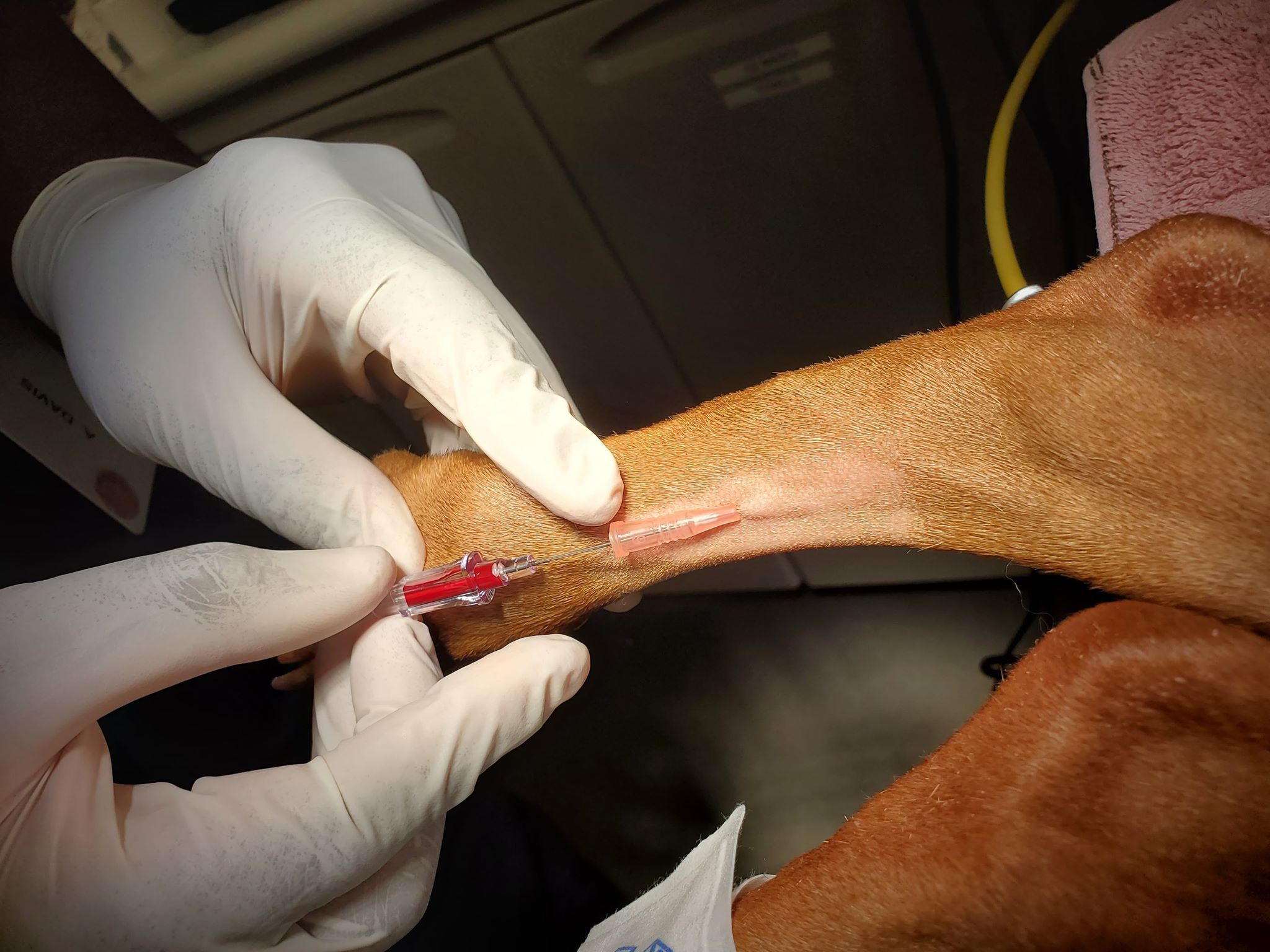Being able to predict hypotension would allow physicians to be proactive instead of reactive said lead researcher Maxime Cannesson MD PhD professor of anesthesiology and vice chair for perioperative medicine at UCLA Medical Center. It has a multifactorial aetiology and is associated with major postoperative complications including acute.
:max_bytes(150000):strip_icc()/how-low-blood-pressure-is-treated-4689155_FINAL-6bf85e31b6c14e1882e2011951695e1d.jpg)
How Low Blood Pressure Is Treated
If that cat spay only takes 10 minutes a healthy animal is likely to withstand being hypotensive and bounce back without experiencing a clinical disaster.
How to treat hypotension during surgery. Intraoperative hypotension IOH ie low arterial blood pressure AP during surgery is common in patients having non-cardiac surgery under general anaesthesia. Avoid intraoperative hypotension by stopping use of the medications before surgery usually on the day of surgery or the day before the procedure5 Further suggestions have been made to continue use of the ACE inhibitor on the day of surgery to avoid rebound hypertension6 However according to the large prospective randomized. A study published in 1962 16 showed that intramuscular ephedrine 50mg given 10min before the spinal failed to prevent a 20 decrease in blood pressure in 46 of patients.
The initial step is to stop the surgery or procedure then consider giving medication to treat the hypotension. When hypotension occurs in association with sinus tachycardia hypotension should be treated as the primary abnormality and the supportive therapy outlined above should be initiated immediately. Considerable work has been done on the use of vasoconstrictors in the prevention and treatment of hypotension during spinal anaesthesia.
One of the most important considerations in the management of hypotension is. Hypertonic saline saline 75 is administered 34 mLkg in 510 minutes also if excessive hypotension is observed. Vasopressors such as norepinephrine are frequently used to treat perioperative hypotension.
While intraoperative hypotension IOH describes a low blood pressure during surgery postoperative hypotension POH refers to hypotension occurring on the remaining day of surgery after the emergence from anesthesia and during the first days after surgery. If hypotensive patients have normal chronotropic and inotropic then vasopressors such as phenylephrine ephedrine and norepinephrine should be considered. Increasing perfusion pressure with norepinephrine may increase blood flow in regions at risk.
Hypotension is defined as a systolic arterial pressure SAP of less than 90mmHg ora mean arterial pressure MAP of less than 60mmHg. Hypotension defined either as systolic pressure below 90 mm. In the elderly induction agents need to be given slowly and at reduced doses to avoid severe hypotension.
Hg in an initially normotensive patient or as systolic pressure more than 40 mm. The best approach to the management of hypotension is to treat the underlying cause Table 3 but in patients where the hypotension is severe the initial goal is simply to raise the BP usually byfluid therapy. Colloids 35 mLkg over 20 minutes are administered in combination or not with crystalloids especially in hypoalbuminemia.
When the surgery begins the blood pressure increases to 15090 and you treat by increasing anesthesia depth. Physicians havent had a way to predict hypotension during surgery so they have to be reactive and treat it immediately without any prior warning. However the resulting vasoconstriction could deteriorate microcirculatory blood flow in the intestinal tract and kidneys.
During the last years many studies focused on the association of IOH and postoperative outcomes but POH only recently received more. But if you want to anesthetize a 15 year old cat with renal disease and a heart. Traditionally treatment of perioperative hypotension consisted primarily of fluid administration whereas vasopressors were rarely used in elective surgery because of their potentially detrimental effects on nutritive organ blood flow.
A Quick Guide to Hypotension During Anesthesia. Anesthesia is risky because it upsets physiologic homeostasis. Note that per the Reich data above the incidence of hypotension increased with higher doses of fentanyl at induction 5-50 mcgkg fentanyl vs.
These therapies are better used in combination in. Below the preoperative readings in a hypertensive patient developed in 180 out of 5463 patients observed in a hospital recovery room. Anaesthetic technique General anaesthesia commonly results in mild hypotension due to the effects of intravenous induction agents and inhalational agents in reducing cardiac output and systemic vascular resistance.
Https Www Ahajournals Org Doi Pdf 10 1161 Hypertensionaha 118 11688
Https Www Ahajournals Org Doi Pdf 10 1161 Hypertensionaha 118 11688

Parenteral Drugs For Treatment Of Perioperative Hypotension Download Table
Https Bjanaesthesia Org Article S0007 0912 18 30376 3 Pdf
Https Www Ahajournals Org Doi Pdf 10 1161 Hypertensionaha 118 11688
Https Www Ahajournals Org Doi Pdf 10 1161 Hypertensionaha 118 11688

Measuring Blood Pressure And Managing Hypotension In The Surgical Patient
0 comments:
Post a Comment